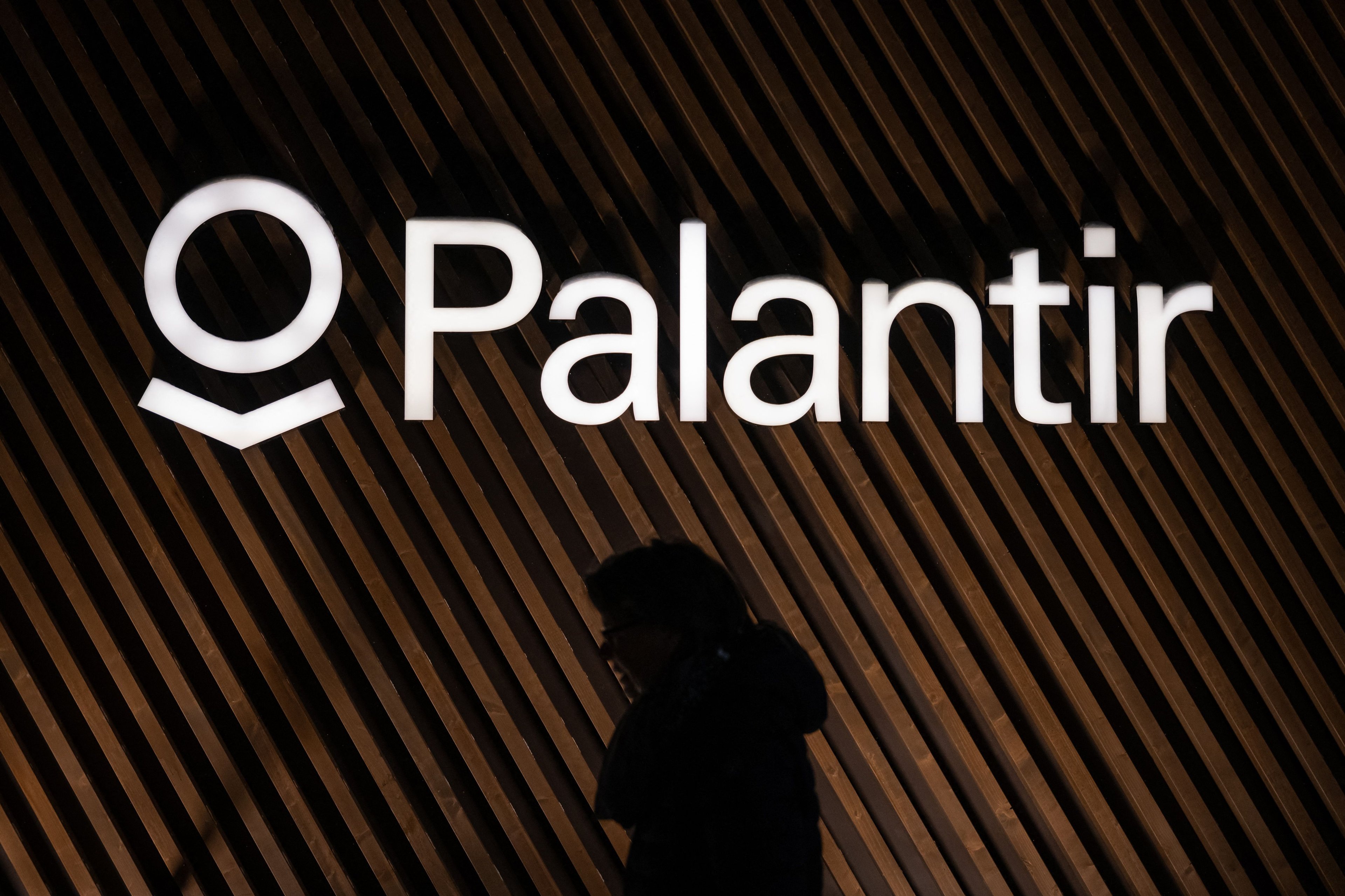Palantir Technologies (PLTR +2.19%) hit its stride when demand for artificial intelligence (AI) exploded after the launch of ChatGPT. The stock has soared 2,100% since January 2023, the best performance in the S&P 500 (^GSPC +0.19%) during that period by a wide margin.
Today, most Wall Street analysts see the stock as overvalued. The median target price is $110 per share, which implies 23% downside from its current share price of $143. But Dan Ives at Wedbush Securities has consistently gone against the grain and been proved right time and time again:
- In September, Ives raised his target to $45 per share when the Wall Street consensus was $25.
- In November, Ives moved his target to $75 per share when the Wall Street consensus was $28.
- In January, Ives bumped his target to $90 per share when the Wall Street consensus was $41.
Ives last month raised his target price to $140 per share. That implies a little downside in the near term, but he still sees Palantir as one of the best AI stocks investors can own despite the elevated valuation. In fact, he thinks Palantir will be a trillion-dollar company within three years. That forecast implies 199% upside from its current market value of $335 billion.
Here's what investors should know.

Image source: Getty Images.
Palantir is uniquely positioned in the fast-growing AI platforms market
The International Data Corp. estimates artificial intelligence (AI) platform spending will increase at 40% annually through 2028. Palantir quickly became one of the largest players in that market following the launch of its AIP product in 2023. AIP adds support for large language models to the company's data operations platforms, Foundry and Gotham, which lets clients apply generative AI to their operations.
Palantir says its key differentiator is an ontology-based software architecture. To elaborate, its products are built around a framework that links digital information to real-world assets. Users can parse that information with machine learning models and other analytical tools to uncover insights and optimize decision-making. And the feedback loop created by the software drives continuous improvements in the system.
Morningstar analyst Mark Giarelli earlier this year wrote, "The core ontology function and value proposition is that Palantir not only organizes and displays data, but it also creates prioritized, ranked data that can be quickly understood and interacted with, ultimately automating real-world efficiency gains."
Palantir reported impressive first-quarter financial results. Revenue increased 39% to $884 million, the seventh consecutive acceleration, driven by particularly strong sales growth in the U.S. commercial and government segments. Non-GAAP net income jumped 62% to $0.13 per diluted share. Management credited the strong results to demand for AIP and raised its full-year guidance, such that revenue is expected to increase 36% in 2025.
Looking ahead, investors have good reason to think Palantir can maintain that momentum for the foreseeable future. Chief Technology Officer Shyam Sankar told analysts on the quarterly earnings call, "Our foundational investments in ontology and infrastructure have positioned us to uniquely deliver on AI demand now and in the years ahead."

NASDAQ: PLTR
Key Data Points
Palantir is the most expensive stock in the S&P 500 by a wide margin
Palantir's business is firing on all cylinders, but the stock currently trades at 310 times adjusted earnings. That valuation is especially hard to justify because the Wall Street consensus says adjusted earnings will grow at 31% annually through 2026. Those numbers give a price-to-earnings-to-growth (PEG) ratio of 10. Multiples above 2 or 3 are usually considered overvalued.
To further impress that point, consider this: Palantir currently trades at 114 times sales. The next closest stock in the S&P 500 is Texas Pacific Land, which currently trades at 33 times sales. The means Palantir could fall 70% and it would still be the most expensive stock in the S&P 500 as measured by its price-to-sales ratio.
Here is the bottom line: I think Palantir could be a trillion-dollar company in the future, but I am skeptical about the three-year timeline Dan Ives proposed. The stock is outrageously expensive, so even the smallest speed bump could have a catastrophic impact on its share price. With so much downside risk, shareholders should keep their positions small, and prospective investors should wait for a much cheaper entry point.





